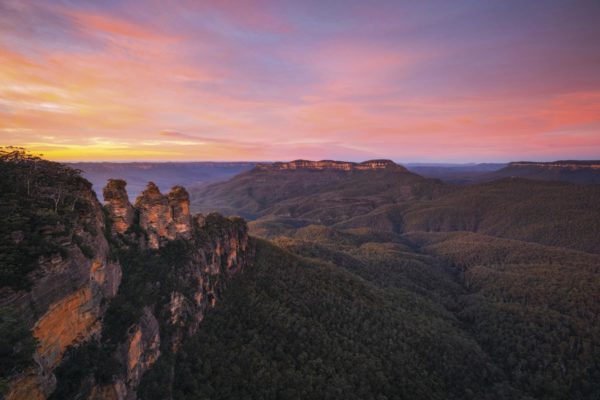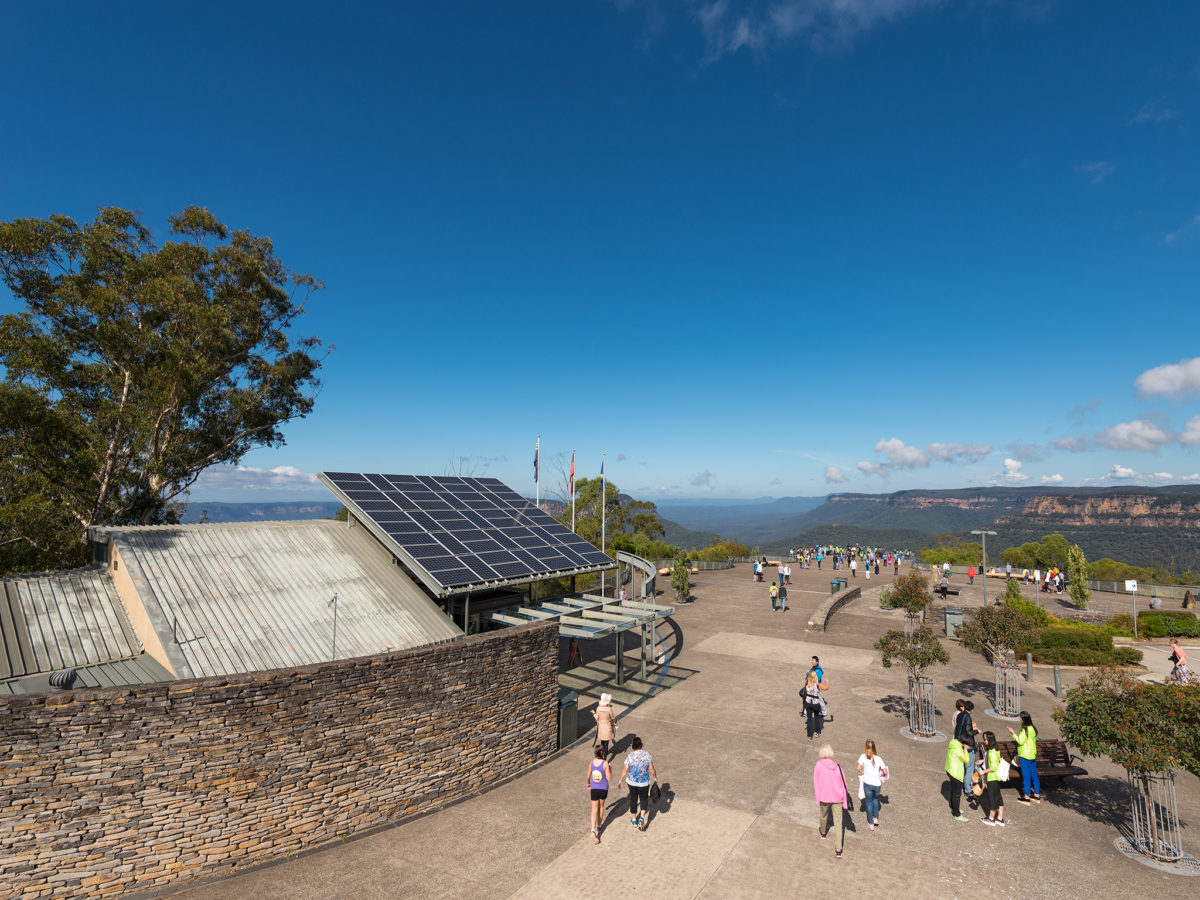The Blue Mountains City Council (BMCC) has adopted a target date by the end of 2025 to become carbon neutral, as measured by the National Carbon Offset Standard (NCOS) certification process.
“It seems clear the single most important thing we can do to stop climate change is reduce emissions, and as the third council in NSW to declare a climate emergency, it’s an issue we take very seriously,” said Blue Mountains Mayor Mark Greenhill.
BMCC has already been hard at work reducing its carbon emissions since the adoption of its Carbon Abatement Action plan in June 2016. So far the Council has curtailed its emissions by 22% through the installation of solar PV and an energy efficiency overhaul.
“Current projects include installing energy-efficient lighting across Council facilities,” noted Greenhill, “replacing inefficient street lighting, and installing 289 kW of rooftop solar panels on several Council facilities.”
“Our Carbon Revolving Reserve has committed over $1.4 million to energy efficiency and renewable energy by reinvesting the financial savings into new projects,” continued Greenhill.
BMCC has also joined with other local governments in the Cities Power Partnership, a free, national program created by the Australian Climate Council that seeks to foster partnerships between towns and cities toward the transition to renewable energies. Among other sustainable practices, membership of the Cities Power Partnership obliges councils to install solar PV and battery storage on council buildings.
The Blue Mountains region is quickly becoming known for its sustainability, earlier this month one of the nation’s first modern passive houses was opened in the Blue Mountains’ village of Foulconbridge. “The Sapphire” is a flagship display home for Blue Eco Homes.
Perhaps it is not surprising then that the story of the Three Sisters, the region’s most famous natural landmark, is apposite in the context of the Blue Mountains City Council’s quest for carbon neutrality. The story that is commonly told to tourists and visiting schoolchildren, as I once was, is a much-amalgamated tale, part Dreamtime story and partly the invention of Patricia Stone, an appositely named schoolgirl who visited the famous rock formation in the 1920s.
As the story now goes, there once lived three beautiful sisters, Katoomba women, Meehni, Wimlah and Gunnedoo. The sisters fell in love with three brothers from the Nepean tribe, but by law the elders forbade the intertribal marriages.
Eventually, romance brought what romance must, tragedy, for the brothers stole away with the three sisters by force, and in doing so, instigated a war. Worried for the three sisters in the midst of conflict, an elder, or perhaps a witchdoctor, turned the sisters to stone for their protection. However, the elder perished in battle, and thus the spell could never be reversed.

Image: visit.nsw.com.au
To this day the Three Sisters remain cast in stone, standing almost a kilometre tall for millions of tourists to see each day by the shifting colours of the arcing sun, and until 11 pm each evening by the aid of floodlights. The story has something to teach us about the irreversibility of our actions. Blue Mountains residents will soon be able to look upon the Three Sisters by carbon offset, or perhaps even solar PV supported floodlights, and know that they at least did what they could to reverse their actions while they still could.
This content is protected by copyright and may not be reused. If you want to cooperate with us and would like to reuse some of our content, please contact: editors@pv-magazine.com.









By submitting this form you agree to pv magazine using your data for the purposes of publishing your comment.
Your personal data will only be disclosed or otherwise transmitted to third parties for the purposes of spam filtering or if this is necessary for technical maintenance of the website. Any other transfer to third parties will not take place unless this is justified on the basis of applicable data protection regulations or if pv magazine is legally obliged to do so.
You may revoke this consent at any time with effect for the future, in which case your personal data will be deleted immediately. Otherwise, your data will be deleted if pv magazine has processed your request or the purpose of data storage is fulfilled.
Further information on data privacy can be found in our Data Protection Policy.